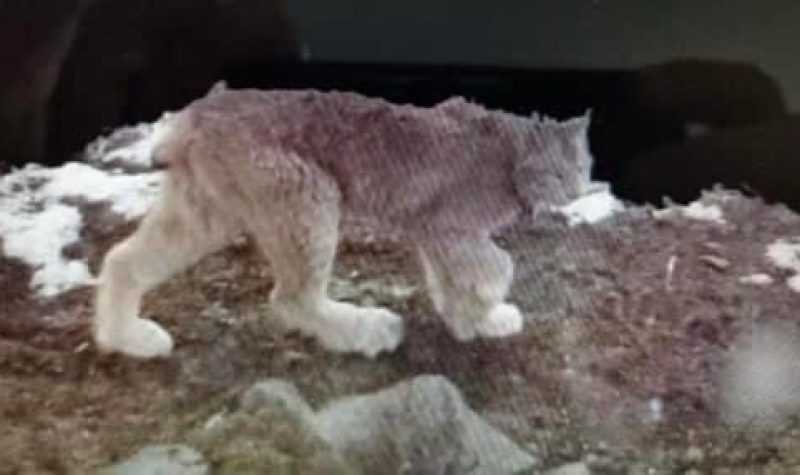Beginning earlier this month, residents in the Glenora and Lake on the Mountain area reported spotting a prowling Canada Lynx and took to posting pictures of it on local social medial groups.
Retired police officer and Glenora resident Al Calver, who captured some of the clearest photos of the Canada Lynx, had the following words about his close encounter:
Jeff Wiltshire, Biologist and Resource Management Coordinator with the Ministry of Natural Resources and Forestry, identified the feline as a Canada Lynx through Al Calver’s photos, and stated that “lynx are elusive creatures that are found throughout the boreal forest (generally north of the French River)” and that “it would be very unlikely to see lynx so far south in Prince Edward County.”
Nonetheless, Wiltshire mentioned that lynx do travel long distances when snowshoe hare populations (their primary prey) are low, and sometimes travel south of their range in search of food. Wiltshire added that there is no evidence or expectation that climate change is causing the lynx to travel southward (as they are actually contracting northward).
As far as safety is concerned, lynx are extremely shy and rarely seen by humans, but if you do encounter one, the ministry advises:
- Never approach the animal, especially if it’s near a kill or with young.
- Never offer it food.
- Do not run; a cat's instinct is to chase.
- If you’re with others, stay together and act as a group.
- Face the animal and talk firmly while slowly backing away.
- Always leave the animal an escape route.
- Do not crouch down or try to hide; instead try to appear larger.
- Do not take your eyes off the animal or turn your back.
- If the animal does not flee, be more assertive by shouting, waving your arms and throwing anything available.
Listen to the full story below:


